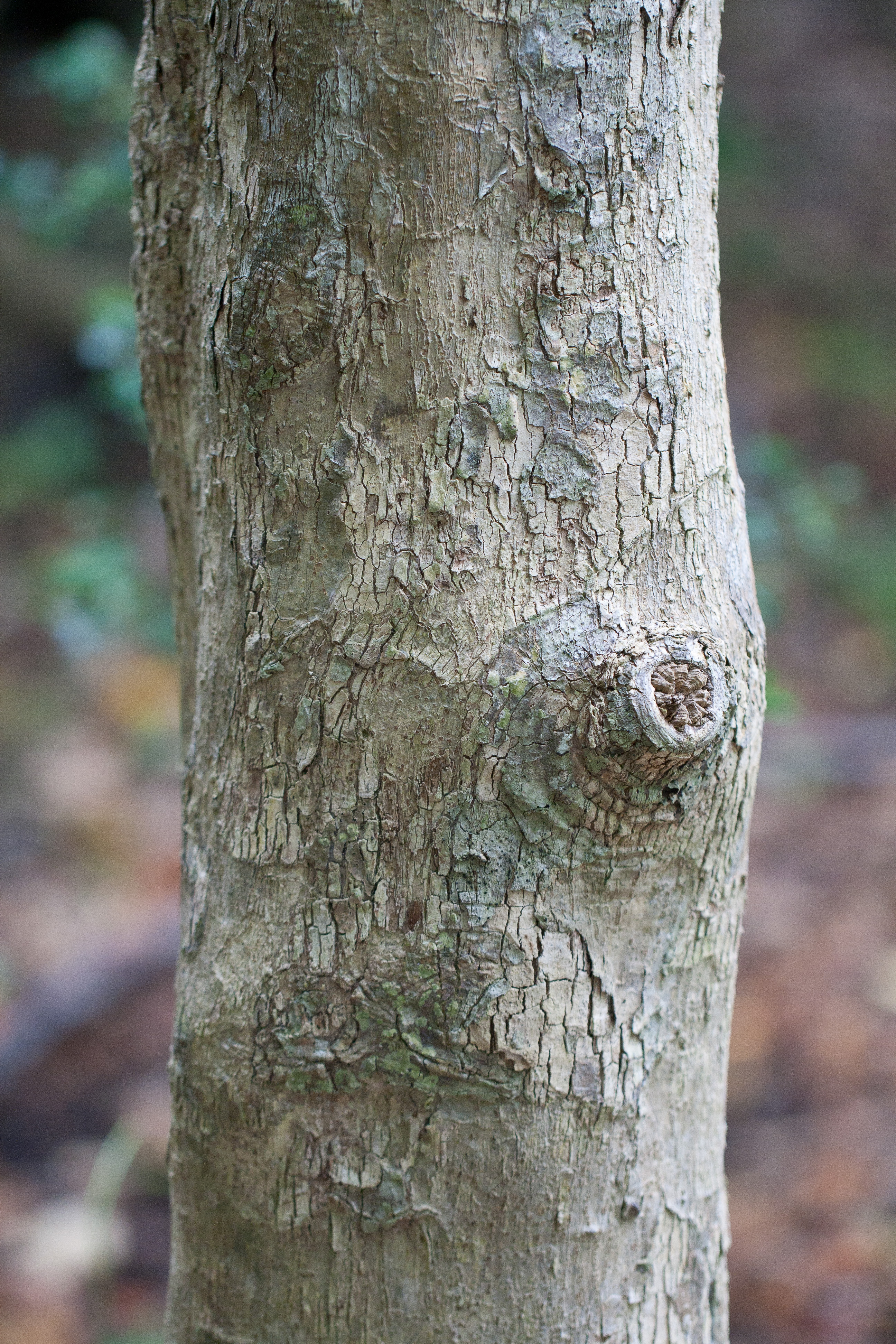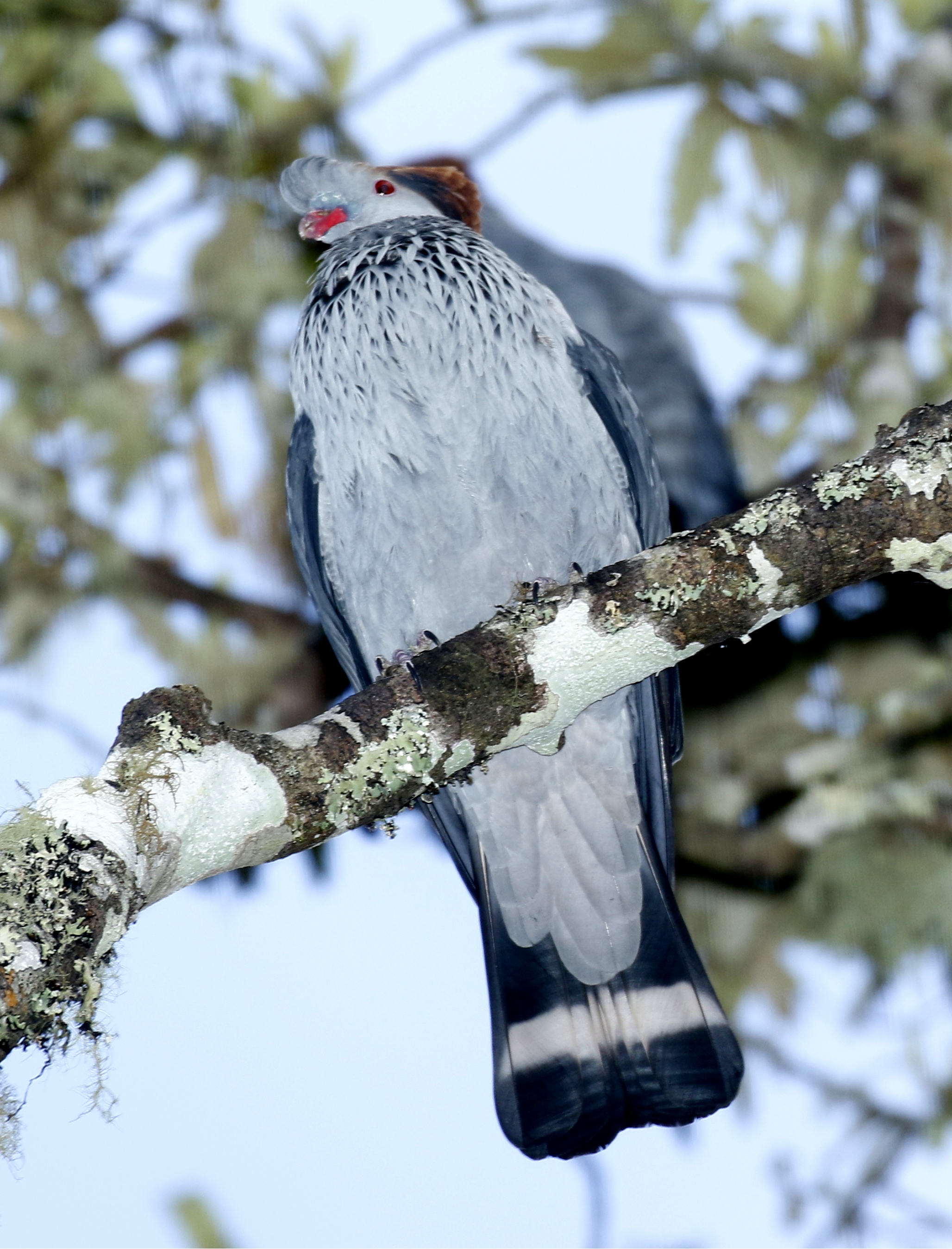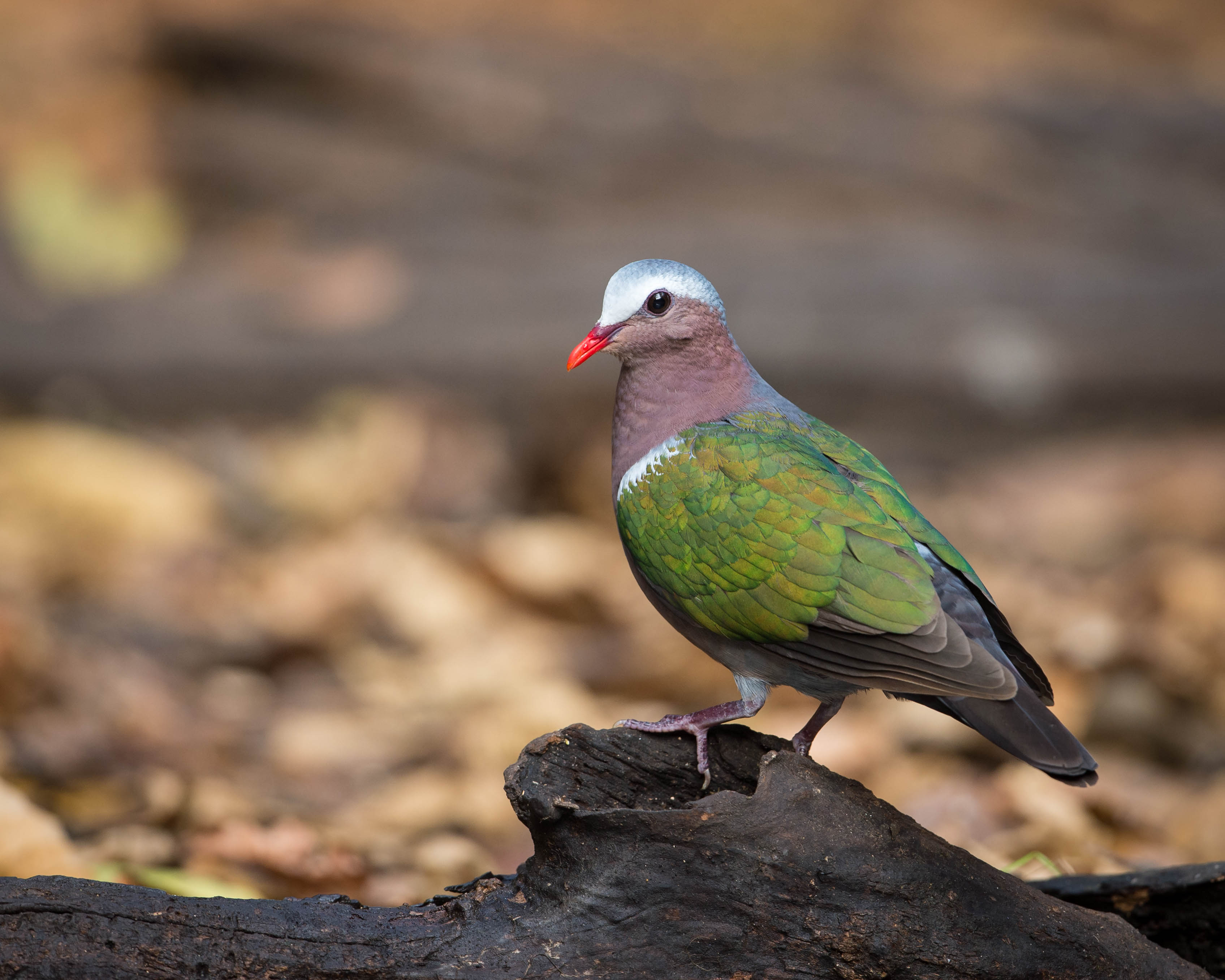|
Drypetes Deplanchei
''Drypetes deplanchei'' is a tree of eastern and northern Australia. It also occurs in New Caledonia and Lord Howe Island. The genus is derived from the Greek, ''dryppa'' meaning "olive fruit". The species named after Dr. Emile Deplanche, who collected this plant at New Caledonia. Common names include yellow tulip, grey boxwood, white myrtle, grey bark and yellow tulipwood. Distribution and habitat Occurring as far south as the Hunter River, New South Wales, north to Torres Strait across the Top End of the Northern Territory and The Kimberley in Western Australia. The subspecies ''affinis'' is endemic to Lord Howe Island. The habitat varies, but it is often found in monsoon forest, drier rainforest, as well as littoral rainforest, and rainforest by streams. Description A small to medium-sized tree, up to 25 metres tall and a stem width of 60 cm. The tree is often flanged at the butt and lower part of the trunk. Grey or brown bark, often with scales of bark which fa ... [...More Info...] [...Related Items...] OR: [Wikipedia] [Google] [Baidu] |
Tropical And Subtropical Dry Broadleaf Forest
The tropical and subtropical dry broadleaf forest is a habitat type defined by the World Wide Fund for Nature and is located at tropical and subtropical latitudes. Though these forests occur in climates that are warm year-round, and may receive several hundred centimeters of rain per year, they have long dry seasons that last several months and vary with geographic location. These seasonal droughts have great impact on all living things in the forest. Deciduous trees predominate in most of these forests, and during the drought a leafless period occurs, which varies with species type. Because trees lose moisture through their leaves, the shedding of leaves allows trees such as teak and mountain ebony to conserve water during dry periods. The newly bare trees open up the canopy layer, enabling sunlight to reach ground level and facilitate the growth of thick underbrush. Trees on moister sites and those with access to ground water tend to be evergreen. Infertile sites also tend t ... [...More Info...] [...Related Items...] OR: [Wikipedia] [Google] [Baidu] |
Indigenous Australian
Indigenous Australians or Australian First Nations are people with familial heritage from, and membership in, the ethnic groups that lived in Australia before British colonisation. They consist of two distinct groups: the Aboriginal peoples of the Australian mainland and Tasmania, and the Torres Strait Islander peoples from the seas between Queensland and Papua New Guinea. The term Aboriginal and Torres Strait Islander peoples or the person's specific cultural group, is often preferred, though the terms First Nations of Australia, First Peoples of Australia and First Australians are also increasingly common; 812,728 people self-identified as being of Aboriginal and/or Torres Strait Islander origin in the 2021 Australian Census, representing 3.2% of the total population of Australia. Of these indigenous Australians, 91.4% identified as Aboriginal; 4.2% identified as Torres Strait Islander; while 4.4% identified with both groups. [...More Info...] [...Related Items...] OR: [Wikipedia] [Google] [Baidu] |
Lismore, New South Wales
Lismore is a city in northeastern New South Wales, Australia and the main population centre in the City of Lismore Local government in Australia, local government area; it is also a regional centre in the Northern Rivers region of the State. It is situated on a low flood plain on the banks of the Wilsons River (New South Wales), Wilsons River near the latter's junction with Leycester Creek, both tributaries of the Richmond River which enters the Pacific Ocean at Ballina, New South Wales, Ballina, to the east. The original settlement initially developed as a grazing property in the 1840s, then became a timber and agricultural town and inland port based around substantial river traffic, which prior to the development of the road and rail networks was the principal means of transportation in the region. Use of the river for transport declined and then ceased around the mid-twentieth century, however by that time Lismore (which was elevated to city status in 1946) had become well est ... [...More Info...] [...Related Items...] OR: [Wikipedia] [Google] [Baidu] |
New South Wales
) , nickname = , image_map = New South Wales in Australia.svg , map_caption = Location of New South Wales in AustraliaCoordinates: , subdivision_type = Country , subdivision_name = Australia , established_title = Before federation , established_date = Colony of New South Wales , established_title2 = Establishment , established_date2 = 26 January 1788 , established_title3 = Responsible government , established_date3 = 6 June 1856 , established_title4 = Federation , established_date4 = 1 January 1901 , named_for = Wales , demonym = , capital = Sydney , largest_city = capital , coordinates = , admin_center = 128 local government areas , admin_center_type = Administration , leader_title1 = Monarch , leader_name1 = Charles III , leader_title2 = Governor , leader_name2 = Margaret Beazley , leader_title3 = Premier , leader_name3 = Dominic Perrottet (Liberal) , national_representation = Parliament of Australia , national_representation_type1 = Senat ... [...More Info...] [...Related Items...] OR: [Wikipedia] [Google] [Baidu] |
Richmond River, New South Wales
The Richmond River is a river situated in the Northern Rivers region of New South Wales, Australia. Course and features The river rises at the northern end of the Richmond Range, near its junction with the McPherson Range, on the Queensland/ New South Wales border, west of Mount Lindesay, and flows generally south east and north east, joined by twelve tributaries, including the Wilsons River, before reaching its mouth at its confluence with the Coral Sea of the South Pacific Ocean near Ballina; descending over its course. On its journey it passes through the towns of Kyogle, Casino, Coraki and Woodburn. Summerland Way is situated adjacent to much of the middle reaches of the course of Richmond River. At Ballina, the Pacific Highway crosses the river. The catchment area of the river is estimated at , which makes it the sixth largest catchment in New South Wales; and its floodplain has an area of over . History Aboriginal history The traditional custodians of the ... [...More Info...] [...Related Items...] OR: [Wikipedia] [Google] [Baidu] |
Wompoo Fruit Dove
The wompoo fruit dove (''Ptilinopus magnificus''), also known as wompoo pigeon, is one of the larger fruit doves native to New Guinea and eastern Australia. Taxonomy and systematics Subspecies There are generally 7-8 recognised subspecies, although some authorities recognise as few as 5. * ''P. m. magnificus – Temminck, 1827:'' * ''P. m. keri – :'' * ''P. m. alaris – :'' * ''P. m. assimilis – :'' * ''P. m. poliura – :'' * ''P. m. interposita – :'' * ''P. m. septentrionalis – :'' * ''P. m. puella – :'' Description This dove measures up to , but are generally far smaller in northern regions. It has purple plumage around its neck, chest and upper belly. Its lower belly is yellow and it has green underparts. The sexes are similar and the juveniles have a duller and greener plumage compared to adults. Notwithstanding their bright plumage, they are hard to see amongst the forest canopy, thanks to their unobtrusive, quiet habits. Their call sounds like ''wollack ... [...More Info...] [...Related Items...] OR: [Wikipedia] [Google] [Baidu] |
Topknot Pigeon
The topknot pigeon (''Lopholaimus antarcticus'') is a pigeon native to eastern Australia. Taxonomy English naturalist George Shaw described the topknot pigeon as ''Columba antarctica'' in 1793. The topknot pigeon is sister taxon to a lineage that gave rise to the mountain pigeons (''Gymnophaps'') of New Guinea, the common ancestor of both diverged from a lineage that gave rise to the kereru and Chatham pigeon. "Topknot pigeon" has been designated the official common name by the International Ornithologists' Union (IOC); John Gould noted in 1848 that it had been given this name by the colonists of New South Wales. It is also known by the name of "flock pigeon". Description The topknot pigeon is a large predominately slate-grey bird, in length. The back, coverts and upper secondaries are a darker slate-grey with black quills. The primaries are black, the remaining body in a lighter slate-grey in colour. The chest and hind neck are notched, showing dark bases giving a streak ... [...More Info...] [...Related Items...] OR: [Wikipedia] [Google] [Baidu] |
Emerald Dove
The common emerald dove (''Chalcophaps indica''), also called Asian emerald dove and grey-capped emerald dove, is a widespread resident breeding pigeon native to the tropical and subtropical parts of the Indian Subcontinent and Southeast Asia. The dove is also known by the names of green dove and green-winged pigeon. The common emerald dove is the state bird of the Indian state of Tamil Nadu. The Pacific emerald dove and Stephan's emerald dove were both considered conspecific. Taxonomy In 1743, the English naturalist George Edwards included a picture and a description of the common emerald dove in his ''A Natural History of Uncommon Birds''. He used the English name "Green Wing'd Dove". His drawing was made from a live bird at the home a merchant in Rotherhithe near London. Edwards was told that the dove had come from the East Indies. When in 1758 the Swedish naturalist Carl Linnaeus updated his ''Systema Naturae'' for the tenth edition, he placed the common emerald dove wit ... [...More Info...] [...Related Items...] OR: [Wikipedia] [Google] [Baidu] |
Drupe
In botany, a drupe (or stone fruit) is an indehiscent fruit in which an outer fleshy part (exocarp, or skin, and mesocarp, or flesh) surrounds a single shell (the ''pit'', ''stone'', or '' pyrena'') of hardened endocarp with a seed (''kernel'') inside. These fruits usually develop from a single carpel, and mostly from flowers with superior ovaries (polypyrenous drupes are exceptions). The definitive characteristic of a drupe is that the hard, lignified stone is derived from the ovary wall of the flower. In an aggregate fruit, which is composed of small, individual drupes (such as a raspberry), each individual is termed a drupelet, and may together form an aggregate fruit. Such fruits are often termed ''berries'', although botanists use a different definition of ''berry''. Other fleshy fruits may have a stony enclosure that comes from the seed coat surrounding the seed, but such fruits are not drupes. Flowering plants that produce drupes include coffee, jujube, mango, oli ... [...More Info...] [...Related Items...] OR: [Wikipedia] [Google] [Baidu] |
Perianth
The perianth (perigonium, perigon or perigone in monocots) is the non-reproductive part of the flower, and structure that forms an envelope surrounding the sexual organs, consisting of the calyx (sepals) and the corolla (petals) or tepals when called a perigone. The term ''perianth'' is derived from Greek περί (, "around") and άνθος (, "flower"), while ''perigonium'' is derived from περί () and γόνος (, "seed, sex organs"). In the mosses and liverworts (Marchantiophyta), the perianth is the sterile tubelike tissue that surrounds the female reproductive structure (or developing sporophyte). Flowering plants In flowering plants, the perianth may be described as being either dichlamydeous/heterochlamydeous in which the calyx and corolla are clearly separate, or homochlamydeous, in which they are indistinguishable (and the sepals and petals are collectively referred to as tepals). When the perianth is in two whorls, it is described as biseriate. While the c ... [...More Info...] [...Related Items...] OR: [Wikipedia] [Google] [Baidu] |
Raceme
A raceme ( or ) or racemoid is an unbranched, indeterminate type of inflorescence bearing flowers having short floral stalks along the shoots that bear the flowers. The oldest flowers grow close to the base and new flowers are produced as the shoot grows in height, with no predetermined growth limit. Examples of racemes occur on mustard (genus ''Brassica'') and radish (genus ''Raphanus'') plants. Definition A ''raceme'' or ''racemoid'' is an unbranched, indeterminate type of inflorescence bearing pedicellate flowers (flowers having short floral stalks called ''pedicels'') along its axis. In botany, an ''axis'' means a shoot, in this case one bearing the flowers. In indeterminate inflorescence-like racemes, the oldest flowers grow close to the base and new flowers are produced as the shoot grows in height, with no predetermined growth limit. A plant that flowers on a showy raceme may have this reflected in its scientific name, e.g. the species ''Cimicifuga racemosa''. A compou ... [...More Info...] [...Related Items...] OR: [Wikipedia] [Google] [Baidu] |

.jpg)




